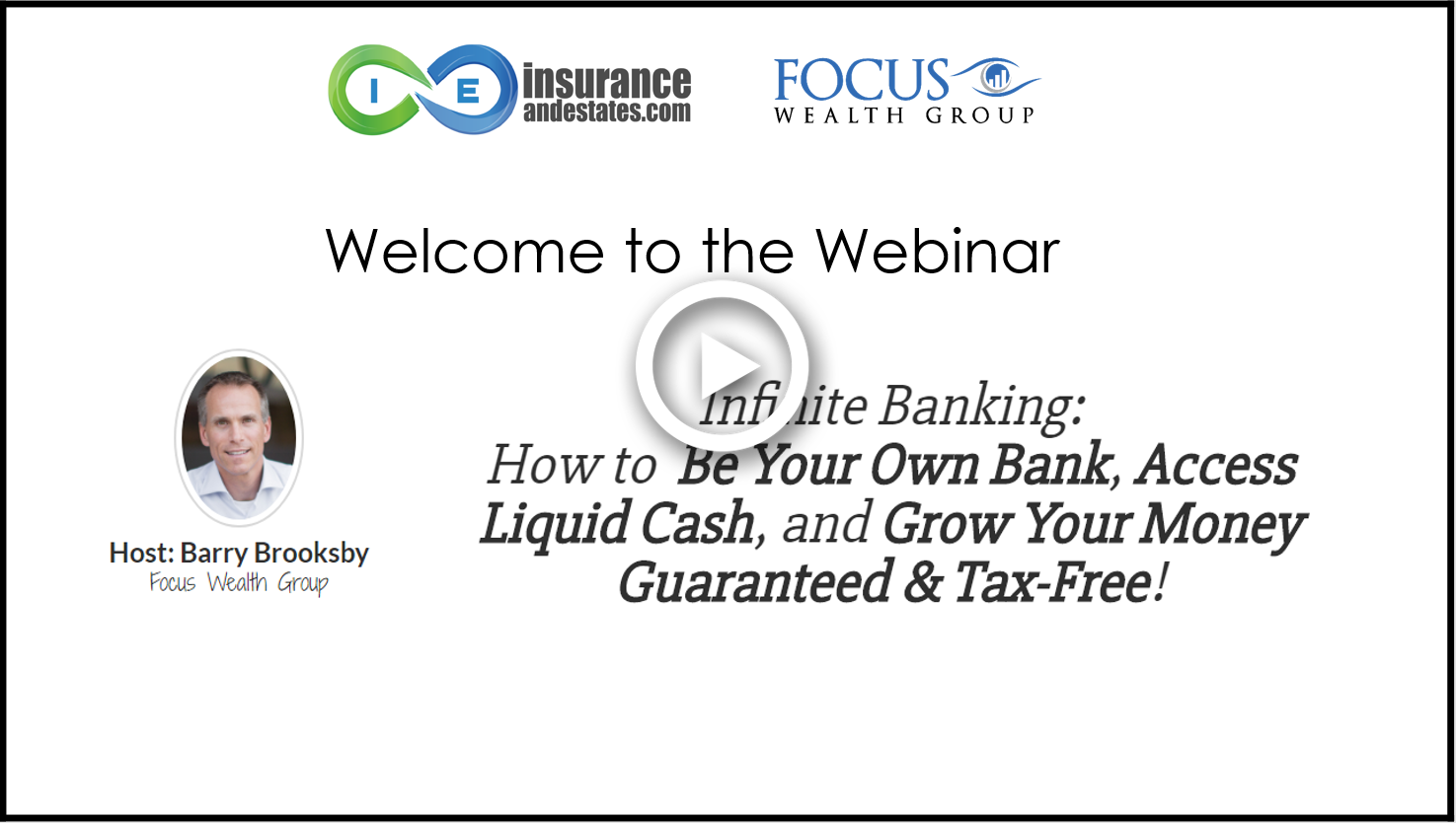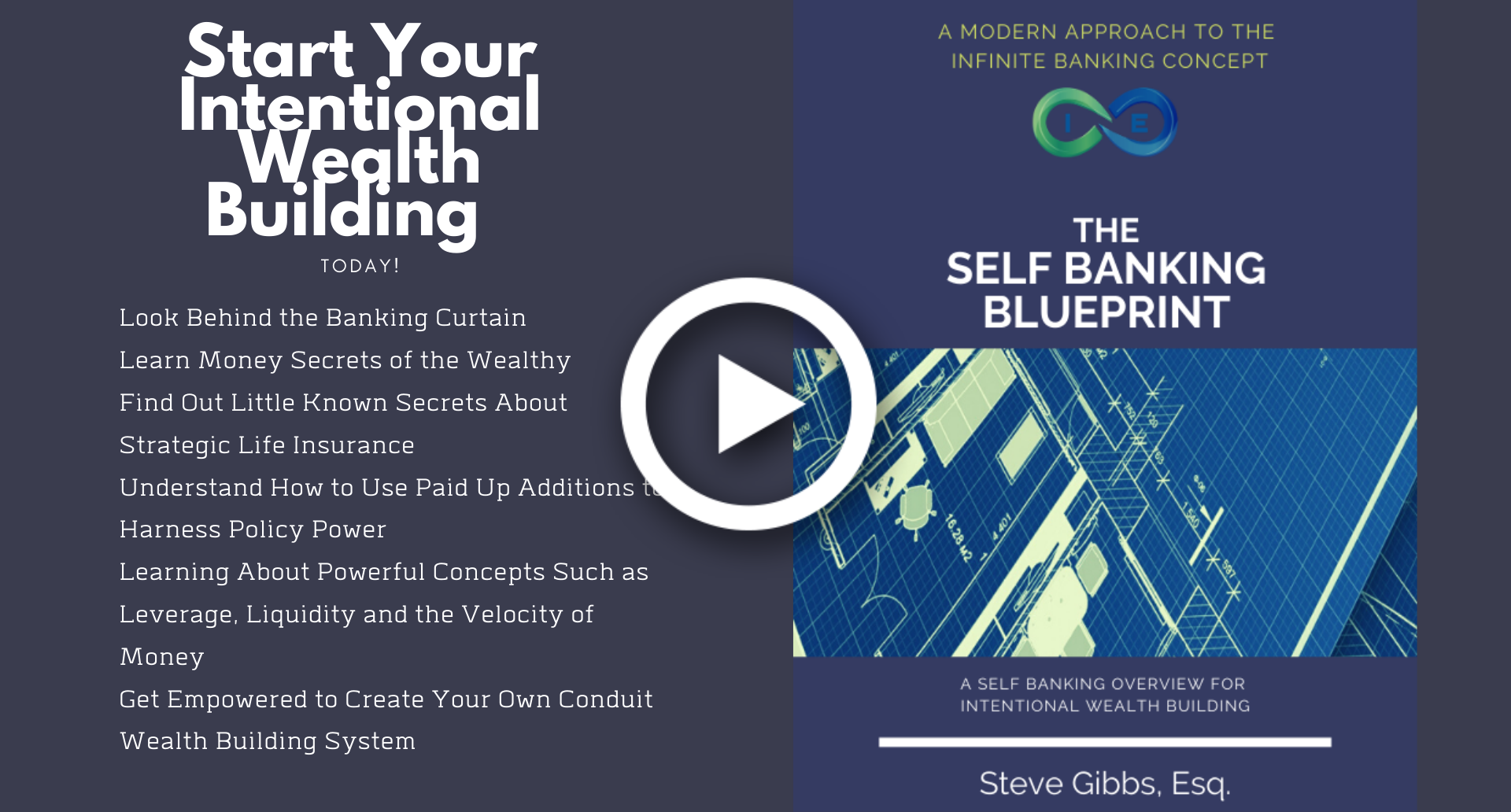All Categories
Featured
Table of Contents
Okay, to be fair you're really "financial with an insurance coverage business" rather than "financial on yourself", however that concept is not as simple to market. It's a little bit like the idea of getting a residence with cash money, then obtaining against the home and putting the cash to function in an additional investment.
Some people like to talk regarding the "rate of cash", which basically suggests the very same thing. That does not indicate there is nothing worthwhile to this principle once you obtain past the advertising and marketing.
The whole life insurance policy industry is pestered by excessively pricey insurance, massive compensations, shady sales methods, reduced rates of return, and badly enlightened customers and salespeople. But if you wish to "Bank on Yourself", you're mosting likely to need to wade into this industry and actually buy entire life insurance coverage. There is no alternative.
The assurances fundamental in this product are vital to its function. You can obtain against most sorts of cash money value life insurance policy, but you should not "financial institution" with them. As you purchase an entire life insurance policy policy to "financial institution" with, keep in mind that this is an entirely separate area of your financial strategy from the life insurance policy section.
Acquire a huge fat term life insurance policy plan to do that. As you will certainly see below, your "Infinite Financial" plan truly is not mosting likely to accurately give this crucial monetary function. One more trouble with the truth that IB/BOY/LEAP depends, at its core, on a whole life policy is that it can make purchasing a plan bothersome for a lot of those interested in doing so.
Infinite Bank Concept
Unsafe leisure activities such as diving, rock climbing, sky diving, or flying also do not mix well with life insurance policy products. The IB/BOY/LEAP advocates (salesmen?) have a workaround for youbuy the policy on someone else! That might function out fine, because the point of the policy is not the fatality advantage, but bear in mind that getting a policy on minor kids is a lot more costly than it should be considering that they are normally underwritten at a "conventional" rate as opposed to a chosen one.

A lot of policies are structured to do one of two things. The commission on a whole life insurance coverage policy is 50-110% of the first year's costs. In some cases policies are structured to optimize the death advantage for the costs paid.
The rate of return on the policy is really essential. One of the best methods to take full advantage of that variable is to obtain as much cash as possible right into the plan.
The best method to improve the price of return of a plan is to have a relatively little "base policy", and after that put even more cash into it with "paid-up additions". With even more money in the plan, there is more cash money value left after the costs of the death advantage are paid.
An extra benefit of a paid-up enhancement over a normal premium is that the payment rate is reduced (like 3-4% instead of 50-110%) on paid-up additions than the base plan. The less you pay in payment, the greater your rate of return. The rate of return on your cash money worth is still mosting likely to be unfavorable for a while, like all cash value insurance plans.
A lot of insurance coverage firms just use "straight recognition" lendings. With a straight acknowledgment funding, if you borrow out $50K, the dividend rate used to the money worth each year only applies to the $150K left in the policy.
Bank On Yourself Review Feedback
With a non-direct recognition lending, the company still pays the same returns, whether you have "borrowed the cash out" (practically versus) the policy or otherwise. Crazy? Why would certainly they do that? That understands? They do. Commonly this function is paired with some much less useful element of the plan, such as a lower reward price than you may receive from a policy with straight acknowledgment fundings (nelson nash infinite banking book).
The companies do not have a resource of magic free money, so what they give up one place in the policy must be drawn from an additional place. Yet if it is extracted from a feature you care much less around and take into a feature you care more about, that is an advantage for you.
There is another vital function, normally called "clean financings". While it is terrific to still have actually dividends paid on money you have actually taken out of the policy, you still have to pay passion on that funding. If the dividend price is 4% and the finance is billing 8%, you're not specifically coming out in advance.
With a wash funding, your loan rates of interest coincides as the reward rate on the plan. So while you are paying 5% passion on the funding, that interest is completely offset by the 5% dividend on the funding. In that respect, it acts just like you took out the money from a financial institution account.

5%-5% = 0%-0%. Without all 3 of these variables, this policy just is not going to work extremely well for IB/BOY/LEAP. Virtually all of them stand to benefit from you getting right into this concept.
Actually, there are lots of insurance representatives speaking about IB/BOY/LEAP as an attribute of whole life that are not actually offering policies with the essential attributes to do it! The issue is that those who recognize the concept best have a substantial conflict of rate of interest and typically blow up the advantages of the concept (and the underlying plan).
Nash Infinite Banking
You need to compare borrowing versus your policy to withdrawing money from your financial savings account. No cash in cash money value life insurance. You can put the cash in the bank, you can invest it, or you can get an IB/BOY/LEAP policy.
It expands as the account pays rate of interest. You pay tax obligations on the rate of interest yearly. When it comes time to buy the watercraft, you withdraw the money and buy the watercraft. Then you can conserve some more money and placed it back in the banking account to start to gain passion once again.
When it comes time to acquire the watercraft, you offer the investment and pay tax obligations on your lengthy term resources gains. You can save some more money and get some even more financial investments.
The money value not made use of to pay for insurance coverage and payments grows throughout the years at the dividend price without tax drag. It starts out with adverse returns, yet with any luck by year 5 or so has actually broken even and is growing at the dividend rate. When you go to acquire the watercraft, you obtain against the plan tax-free.
Infinite Banking Reddit
As you pay it back, the money you paid back starts expanding again at the returns rate. Those all job pretty similarly and you can contrast the after-tax rates of return.
They run your credit rating and provide you a financing. You pay interest on the obtained cash to the bank until the funding is paid off.
Latest Posts
Infinite Banking Concept Updated For 2025
Life Insurance Bank
How To Be Your Own Bank In Crypto